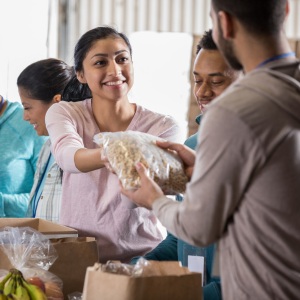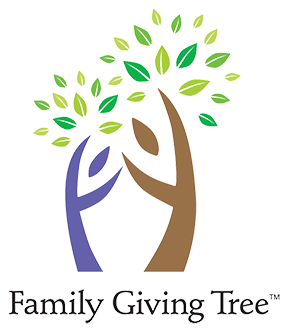A Look at Volunteerism Through History
By Mikey J Smith Volunteering isn’t just about giving your time—it’s about building a better world, one act of kindness at a time. And while it might feel like a modern concept, volunteerism has deep historical roots that stretch across centuries and continents. From ancient mutual aid to digital-age activism, the desire to help others is a thread that’s woven into the fabric of who we are.
Volunteering isn’t just about giving your time—it’s about building a better world, one act of kindness at a time. And while it might feel like a modern concept, volunteerism has deep historical roots that stretch across centuries and continents. From ancient mutual aid to digital-age activism, the desire to help others is a thread that’s woven into the fabric of who we are.
A Little History
The earliest forms of volunteering were rooted in the need for community survival. Before government services existed, people banded together to help neighbors in need. Think about early farming communities where everyone would pitch in to help raise a barn or harvest crops—no one got paid, but everyone benefited.
In the United States, the concept of organized volunteerism began to take shape in the 19th century. One of the first notable examples was the formation of the YMCA in 1851, which provided support and community for young men living in cities during the Industrial Revolution. Around the same time, groups such as the American Red Cross, (founded in 1881), and Hull House, (opened in 1889) began to emerge, establishing a formal structure for volunteer work and social reform.
Fast forward to the Great Depression, when volunteers filled huge gaps in public services. People shared food, job leads, and housing—often without recognition or reward. It was during this time that the American spirit of resilience and community truly shone through.
During World War I and World War II, volunteerism reached a new level. Citizens planted Victory Gardens to combat food shortages, women organized sewing circles to make uniforms and bandages, and young people joined groups like the USO to support troops abroad. These were massive, collective efforts that made everyday people feel like they were part of something greater.
Civil Rights to the Digital Age
The 1960s brought another wave of volunteer-powered change through the Civil Rights Movement. Young people became the backbone of sit-ins, voter registration drives, and community organizing efforts. These weren’t just moments in history—they were movements fueled by passionate volunteers who refused to sit on the sidelines.
In the 1980s and 1990s, volunteerism experienced a new surge thanks to public service campaigns and national recognition—think President George H.W. Bush’s Points of Light initiative, or President Bill Clinton’s AmeriCorps program. Volunteering became not just admirable, but expected in some circles.
Now, in the digital age, volunteering has gone virtual. You can mentor students online, translate documents for nonprofits, or help with crisis mapping during natural disasters—all from your laptop. Social media has made organizing easier than ever, with campaigns gaining traction overnight and calls to action spreading across the globe in minutes.
Why It Matters (Now More Than Ever)
Volunteering may look different today, but its impact is just as powerful. Research indicates that individuals who volunteer experience lower stress levels, higher life satisfaction, and a deeper sense of purpose. It’s literally good for your health.
Furthermore, it creates ripple effects. When you show up for someone else, you inspire others to do the same. You remind people that the world is still full of kindness and that change is still possible.
So, Where Do You Come In?
At Family Giving Tree, we’ve seen firsthand the magic of volunteers. They’re the ones who bring our drives to life—sorting school supplies, packing backpacks, organizing gifts, and helping us connect with the community in powerful ways. Some of them, like our dedicated Angel Elves, have been returning season after season to spread joy and keep hope alive.
As we gear up for our 2025 Back-to-School Drive, we know that the road ahead won’t be easy. The cost of living in the Bay Area continues to rise, and school essentials remain out of reach for far too many families. But together—with your help—we can bring real relief. We can send thousands of kids into the school year with the tools they need to succeed and the confidence that someone out there cares.
There will be plenty of ways to get involved, from volunteering in person to spreading the word online. So stay in the loop—follow us, sign up for updates, and keep your eyes peeled for upcoming opportunities.
Because history shows that when people come together to do good, incredible things happen.
And we’d love for you to be a part of that.



